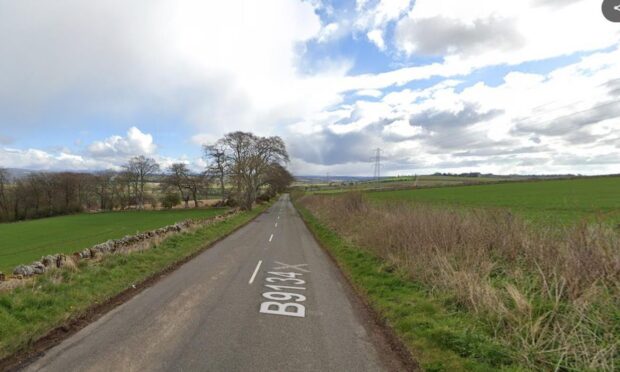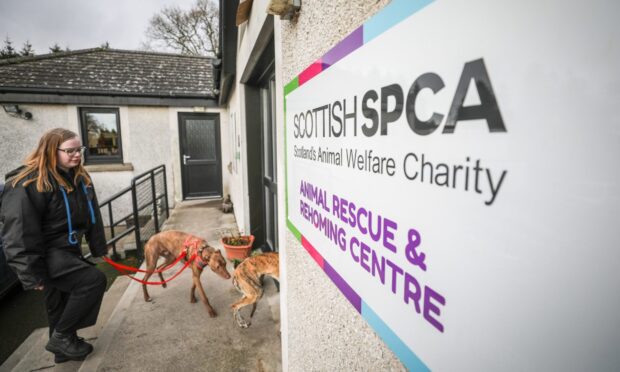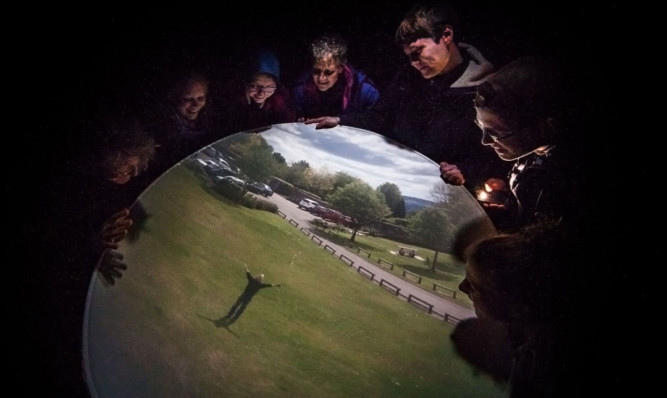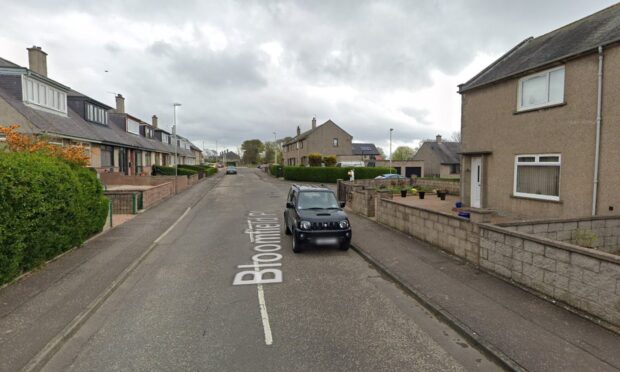Councils in Angus, Fife and Dundee have been asked for their opinions on a massive offshore wind development.
Inch Cape Offshore Limited (ICOL) was awarded exclusive development rights in 2011 for a site 10 miles off the Angus coast, originally due for 213 turbines.
The Royal Society for the Protection of Birds challenged Scottish Minister consent for four schemes – Inch Cape, Seagreen Alpha, Seagreen Bravo and Neart na Gaoithe – over fears that birds could be harmed by blades.
This appeal was overturned on May 16 and ICOL has now asked for a scoping opinion for a much smaller scheme of 72 turbines, which take advantage of “advances in technology” to get more power from each unit.
The Tayside and Fife councils have been asked by Marine Scotland to compile their opinions about “key environmental issues” and ideas to mitigate the impact of a smaller scheme.
Marine renewables casework manager Joao Queiros states: “The ultimate aim of the scoping exercise is to assist the developer in identifying the key environmental issues surrounding this proposal.
“Scottish Ministers achieve this aim by drawing on the knowledge of local authorities and consultees alike through the formal consultation process…
“The scoping exercise should give an early indication of where mitigation measures may be necessary.
“In tandem with the prioritising of environmental issues, this will allow Scottish Ministers to provide developers with a full and accurate opinion of what should be included in the environmental statement.”
Councils must submit their views to Marine Scotland by June 2 this year.
In 2013, fears were expressed that the sea view towards the historic Bell Rock lighthouse would see the 200-year-old structure dwarfed by turbines 5.5 times its size.
In July 2016, Lord Stewart heard RSPB’s concerns about the impact on migratory wild bird species and their protected habitat population, including Atlantic puffins, northern gannets and black-legged kittiwakes, as well as guillemots and razorbills.
The judge held that the Scottish Ministers had failed to comply with regulations, and failed to consult on environmental information about the projects and made their decision “unlawfully” taking account of information without consultation.
He also held that the “appropriate assessment” was flawed in that it applied the “wrong test” in relation to ornithological risk assessment.
Lord Carloway ruled that his colleague Lord Stewart was wrong to allow the legal challenge, and the Scottish Government acted properly and gave proper consideration to the areas being a home for rare wildlife.










